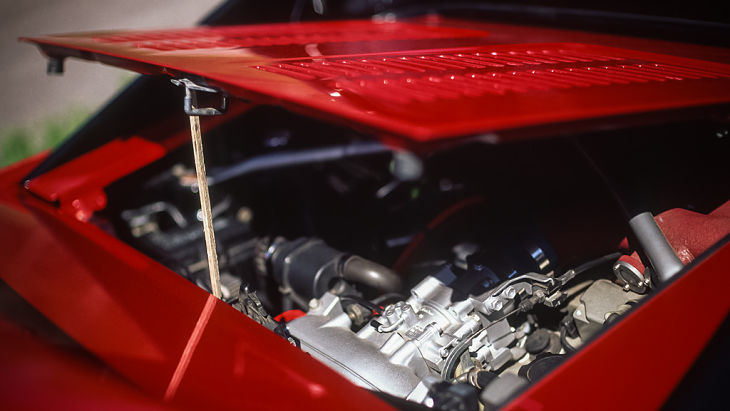The majority of ETFs passively track an index, so investors should fully understand the inner workings of the underlying benchmark before jumping into the investment.
“Since most ETFs seek to replicate – not outperform – an index, understanding the actual holdings is far more important than viewing past performance,” Todd Rosenbluth, Director of ETF Research for CFRA, said in a research note.
Some investors may be tempted to look at past performances to paint a general outline of future returns, but Rosenbluth also warned that focusing on past performances can be “highly problematic” since an ETF’s underlying index may shift strategies and change holdings.
For instance, the VanEck Vectors Morningstar Wide Moat ETF (NYSEArca: MOAT), Vanguard FTSE Developed Markets ETF (NYSEArca: VEA) and PowerShares S&P Emerging Market Momentum Portfolio (NYSEArca: EEMO) have recently either changed the index they track or the benchmarks changed their methodology, Rosenbluth said.
MOAT has historically held just 20 equally weighted stocks, but in June 2016, the Wide Moat index methodology expanded to hold at least 40 components and now only rebalances half of the portfolio on a quarterly basis, instead of a full rebalance on a quarterly basis.. As of the end of the third quarter, MOAT tracked 42 stocks, with the top 10 accounting for 27% of assets.
[related_stories]